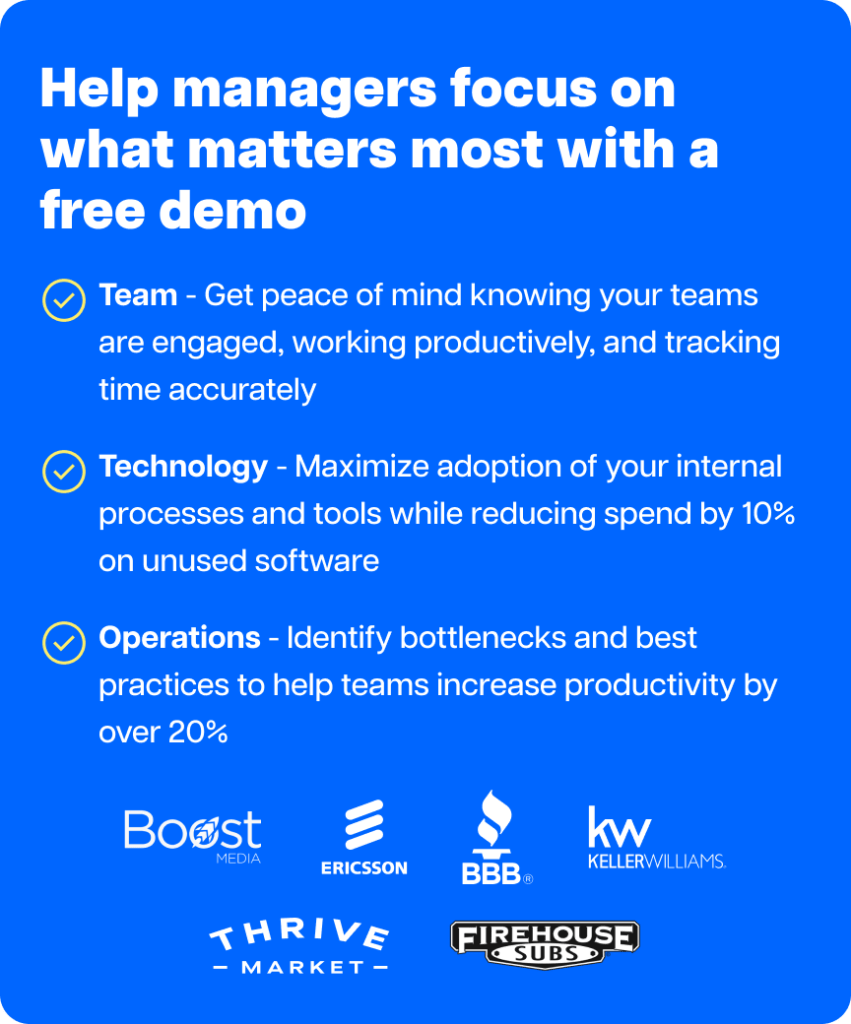In the tough job market of today, businesses are always looking for new ways to hire and keep the best workers. Employee stock options (ESOs) are a popular and smart way to pay people. There are good things about ESOs in this piece, and it gives tips on how to set them up so that they help both employers and workers.
Table of Contents
- What are employee stock options?
- How employee stock options work
- Legal and regulatory considerations
- Advantages for employees
- Advantages for employers
- Potential challenges and considerations
- Best practices for implementing ESOs
What are employee stock options?
Employee stock options are a form of equity compensation that gives employees the right to buy a certain number of company shares at a predetermined price, known as the exercise price, after a specified period. There are two main types of ESOs:
Types of employee stock options
- Incentive Stock Options (ISOs): Under certain circumstances, these options have beneficial tax status and are usually extended to key employees.
- Non-Qualified Stock Options (NSOs): These options are not eligible for the same tax benefits as ISOs, but they can be granted to directors, contractors, employees, and other parties.

How employee stock options work
When an employee gets an option to buy shares, they usually have to wait a certain amount of time before they can use the option. This time is called the “vesting term.” The exercise price is usually based on how much the stock was worth on the market on the date the option was granted. ESOs also have a time limit after which they can’t be used anymore.
Legal and regulatory considerations
Businesses must follow a number of legal and regulatory rules when they offer ESOs. Some of these are following tax laws, financial standards, and rules about securities. Companies should talk to lawyers and accountants to make sure they are doing everything they need to.
Advantages for employees
Financial benefits
The chance to make a lot of money is one of the best things about ESOs for job hunters. As time goes on, the stock price of the company may go up. Employees may be able to make money if they buy shares at the lower option price and then sell them at the market price. In a number of ways, ISOs can also help with taxes. They might be able to get lower long-term capital gains tax rates and wait to pay taxes until the shares are sold, for example.
Ownership and engagement
By making employees partial owners of the business, providing ESOs promotes a sense of ownership among staff members. Because they have a direct investment in the company’s success, employees may become more motivated and engaged as a result of this ownership position. A more dedicated and effective staff can be attained by coordinating employee and corporate goals.
Career growth and retention
Long-term retention incentives for staff members are provided by ESOs. In order to take advantage of the stock options, employees are encouraged to stay with the company during the vesting period. This retention technique works especially well at luring top people seeking growth opportunities within the organization. Increased employee loyalty lowers attrition and related hiring expenses.
Advantages for employers
Financial incentives
Employers benefit monetarily from ESOs because they lessen the requirement for large cash remuneration. Companies can save money by offering stock options, which can then be used to invest in the expansion and improvement of their businesses. This is especially advantageous for fledgling and expanding businesses with tight cash flow.
Enhanced company performance
Workers who have a stake in the company’s success are probably going to work harder and more efficiently. ESOs can improve an organization’s overall performance by fostering an environment of accountability and ownership. A positive work atmosphere is enhanced by higher morale and a feeling of unity.
Competitive edge
Offering ESOs might give businesses an advantage in luring top personnel in a competitive labor market. People who are looking for work might be more likely to join a company that offers stock options because they think it means the workplace is advanced and rewarding. Reward packages that make the business stand out from competitors can be very helpful in hiring people.

Potential challenges and considerations
Despite all of the advantages, providing ESOs could present certain difficulties. Since issuing new shares has the potential to lower the value of existing shares, one worry is the dilution of equity held by current shareholders. Furthermore, overseeing an ESO program can be difficult and need careful administration and preparation. Businesses also need to be aware of the possibility that workers could prioritize short-term stock price increases over the long-term success of the company.
Best practices for implementing ESOs
To maximize the benefits of ESOs, companies should follow best practices in their implementation:
- Clear communication and education: Employees should fully understand how ESOs work, including when they become vested, how much they are worth, and how they affect their taxes. Giving regular training and tools can help make the process less mysterious.
- Designing a balanced ESO plan: Companies should create an ESO plan that balances the interests of employees and shareholders. This includes setting reasonable exercise prices and vesting periods.
- Regularly reviewing and updating the ESO program: Companies should periodically assess their ESO programs to ensure they remain competitive and aligned with company goals. This may involve making adjustments based on market conditions and employee feedback.
Conclusion
Employee stock options are good for both companies and workers in a number of ways. ESOs give workers savings plans, a sense of pride in their company, and chances to move up in their careers. Financial incentives, higher output, and an edge in the job market are all good for employers. Through careful and efficient ESO implementation, businesses may have a devoted and driven staff that supports sustained success.

Andy is a technology & marketing leader who has delivered award-winning and world-first experiences.


